Fueling a boat safely
Procedure when fueling a boat

Fueling a boat requires careful attention to safety and proper procedures to avoid accidents and spills. Most people will naturally associate fueling up boats with fueling up cars, but there are a number of important differences.
Fueling procedures for boats can vary based on the type of boat and its power system. The key distinctions lie in two main factors: the presence of enclosed engine compartments or engine rooms versus outboard engines, and whether the boat has a cabin or not.
Here's a step-by-step guide:
Moor the pleasure craft tightly to the dock to prevent spillage. Double-check the dock lines to make sure they're properly attached and the boat is secure.

Turn off the engine.

Before refueling, extinguish all on board flames (smoking or cooking flames etc.)

All persons not involved must disembark

One must not smoke while refuelling
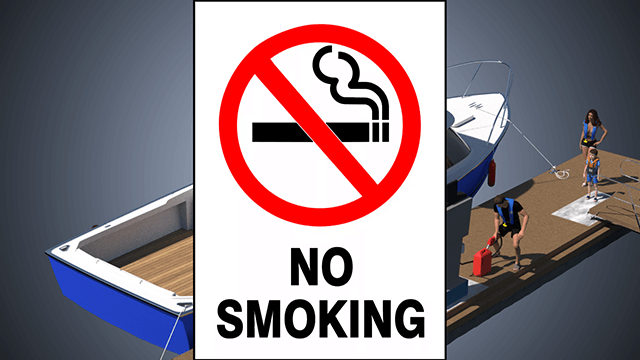
Turn off all electronic devices such as radios, switches and batteries; one spark caused by a short circuit could produce an explosion
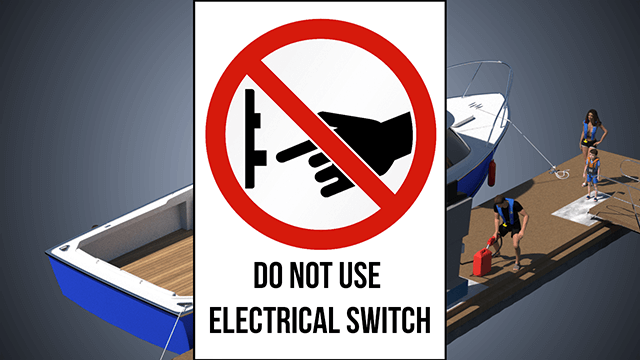
The doors, windows and hatches must be closed. Gasoline fumes are heavier than air, so they could spread to the bottom of the craft and cause an explosion when the engine is started
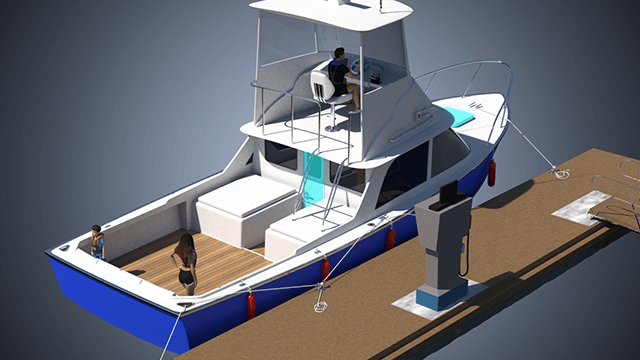
All portable tanks must be filled off the boat while refuelling, to prevent spillage onto the boat, to protect the environment and to reduce the risk of fire or explosion
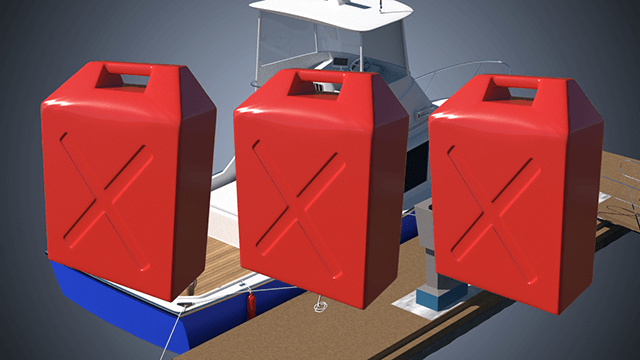
With a fixed tank onboard, make sure to ground the gas nozzle against the filler pipe to ensure safe refuelling of the tank. This will prevent static, as a spark could cause an explosion.
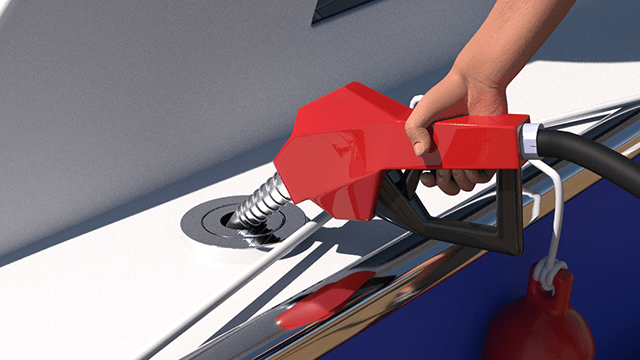
Do not overfill the fuel tank. Any overflow could leak through the ventilation or into the water and pollute the environment. You are obligated to immediately clean up any gasoline spilled onto the craft or onto the dock.
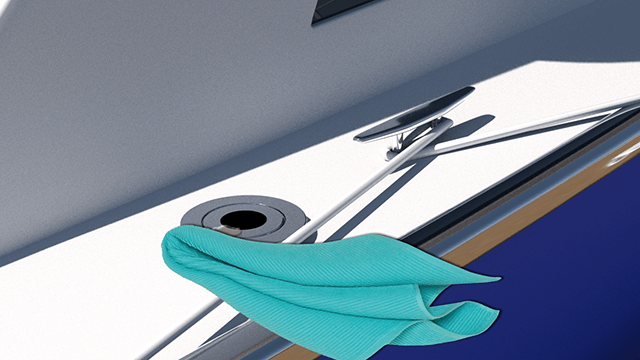
Gas-powered boats with enclosed engine compartments are always at danger of fumes building up inside. Open up hatches and windows to ventilate any accumulated fuel vapors from the boat's interior.
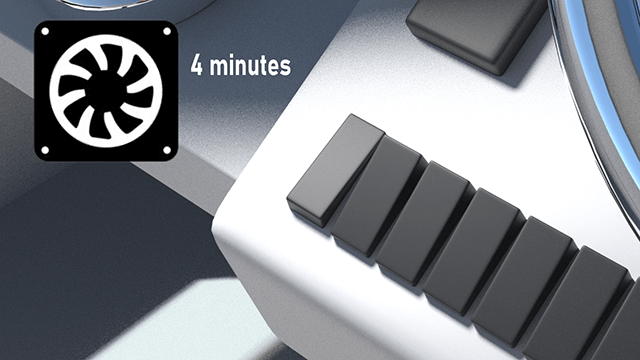
What should you do prior to starting up the gas-powered inboard motor?
Prior to starting up the inboard motor, check for vapour odours. If you have a gaz powered inboard motor, the blower must be operated for a period of at least four (4) minutes. This will enable any dangerous fumes to fully evaporate.
What is the amount of fuel needed for a trip?
A good rule of thumb regarding the amount of fuel needed for a trip is to ration one-third for the trip out, one-third for the return and one-third as reserve.
What should you always do before starting an inboard engine?
Before starting the inboard engine, make sure to sniff out any gas odours. For gas-powered inboard motors, run the blower for a minimum of four minutes before ignition to eliminate any potentially harmful fumes.
Check mechanical condition
You should get in the habit of not only inspecting and checking all the engine components and fluids each and every time you go boating, but also doing periodic maintenance.
By following these safety protocols, you can confidently refuel your boat without risking harm, fire incidents, or environmental damage. If you haven't acquired your Canadian boating license online yet, consider this article a valuable resource before tackling the official boat license exam.